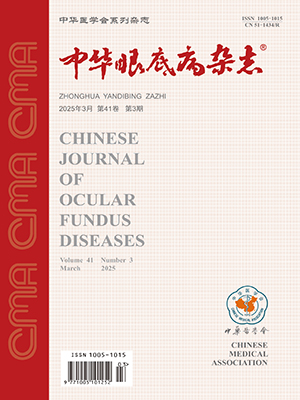Objective To observe the changes of visual pathway of central nervous system in patients with glaucoma.Methods Thirty-five subjects were enrolled in this prospective study. There were seven patients of chronic primary angle closure glaucoma with bilateral visual field defects, 12 patients of primary open angle glaucoma with bilateral visual field defects, and 16 normal subjects. GE Signa HD 1.5 T magnetic resonance scanners and head eight phased array were used. The mean fractional anisotropy (FA) and the mean average diffusion coefficient (DCavg) of white matter tracts in visual pathway of bilateral optic nerve, optic chiasma, bilateral optic tract,bilateral optic radiation were measured by diffusion tensor imaging, meanwhile the white matter tracts were reconstructed by fiber tracking system. The volumes of lateral geniculate body were measured by coronal proton density weighted magnetic resonance imaging.Results The differences of FA among bilateral optic nerve, optic chiasma, bilateral optic tract,bilateral optic radiation were statistically significant (F=25.985,20.626,12.262,22.399,21.708,24.994,22.774;P<0.05). There was no difference of DCavg among bilateral optic nerve, optic chiasma, bilateral optic tract,bilateral optic radiation(F=2.097,2.178,0.530,0.983,0.608, 0.866, 1.504;P>0.05). The differences of volume of lateral geniculate body among three groups were statistically significant (F=18.631,17.274;P<0.05). Conclusion There is degeneration in visual pathway of central nervous system in patients with glaucoma.
Citation: MING FEINI,Xiang MA. Combined with diffusion tensor imaging and proton densityweighted magnetic resonance imaging on the visual pathway of central nervous system in patients with glaucoma. Chinese Journal of Ocular Fundus Diseases, 2012, 28(4): 355-358. doi: Copy
Copyright © the editorial department of Chinese Journal of Ocular Fundus Diseases of West China Medical Publisher. All rights reserved




